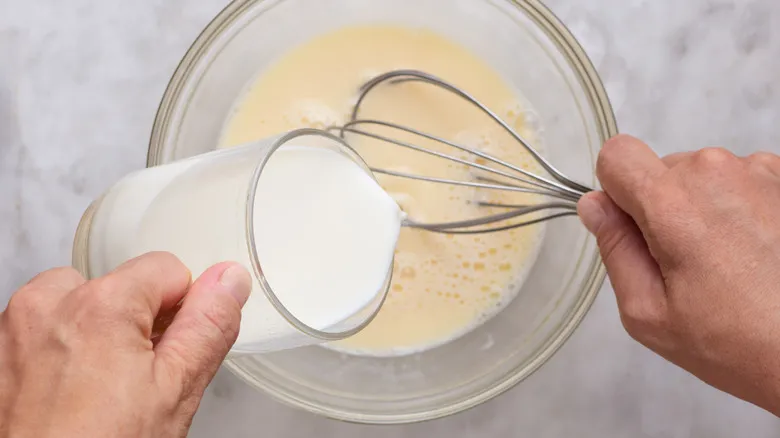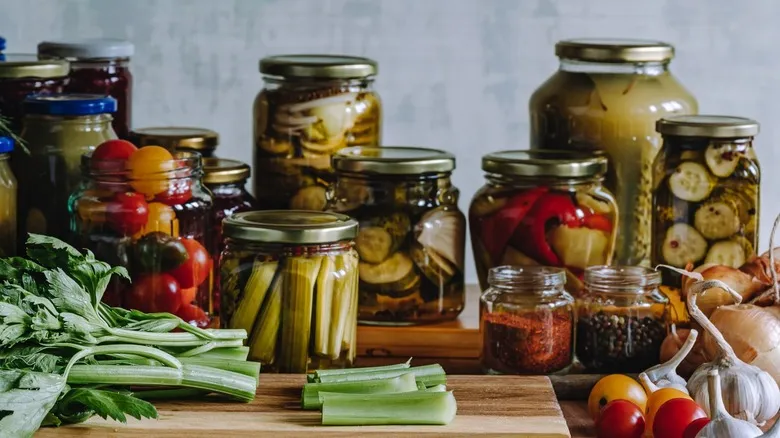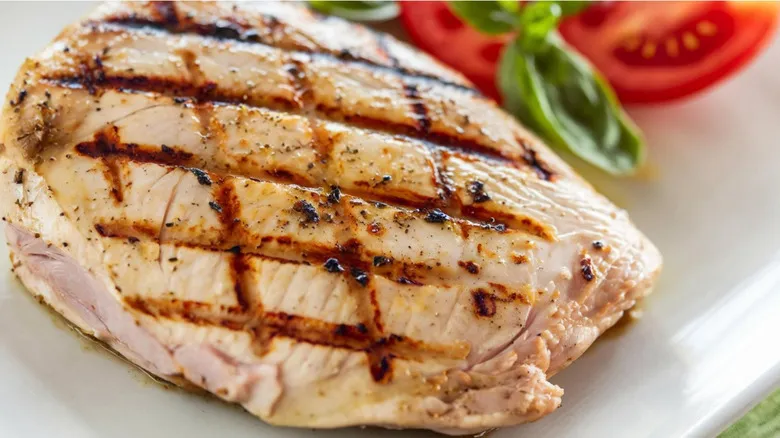The science behind baking soda's chicken-tenderizing power

As you may already know, chicken, like other types of meat, is rich in protein. On the pH scale, it falls on the lower end, indicating that meats are acidic. In contrast, baking soda has a high pH, classifying it as an alkaline substance or antacid that neutralizes acids. When combined with poultry, baking soda elevates the pH level on the chicken's surface, which inhibits the proteins from bonding together. As a result, the meat becomes tender—essentially, baking soda acts as a tenderizer. This process occurs in just a few minutes, so it’s quite quick. Afterward, you can marinate the chicken as usual to enhance its flavor. Just be cautious not to use baking soda that has been left open in the refrigerator to absorb odors, as it may alter the chicken's taste.
To velvet chicken, simply sprinkle baking soda directly onto the meat, toss it, let it rest for 15 minutes, then rinse off the baking soda before cooking. If you skip the rinsing step, the baking soda will continue to break down the proteins, resulting in chicken that is overly soft, which is not desirable.
If you want to both flavor and tenderize your poultry simultaneously, consider creating a marinade that includes baking soda, as shown in a TikTok by user @ketorecipes. Just add about half a teaspoon of baking soda to your marinade, let the chicken soak in it for no more than 30 minutes at room temperature, and then start cooking. With chicken this juicy, you’ll never want to skip the baking soda again!
Recommended

Are Store Bought Eggs Pasteurized?

The Science Behind Tempering Eggs

If Blue Cheese Is Actually Mold, Why Is It Safe To Sell?

How Pickling Works: The Science Behind The Process
Next up

